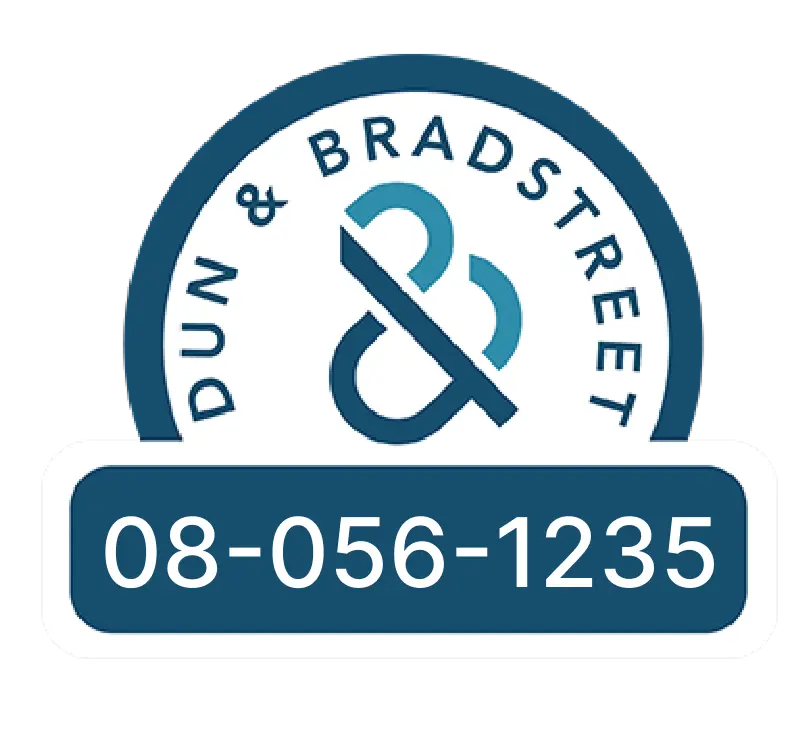Download free PDF
Age-related Macular Degeneration Market Size, Share, Growth - By Product, By Disease Type, By Age Group, By Distribution Channel - Global Forecast, 2025 - 2034
Report ID: GMI12195
|
Published Date: June 2025
|
Report Format: PDF
Download Free PDF
Authors: Mariam Faizullabhoy, Gauri Wani



Premium Report Details
Base Year: 2024
Companies covered: 14
Tables & Figures: 152
Countries covered: 19
Pages: 142
Download Free PDF

Age-related Macular Degeneration Market
Get a free sample of this report
Get a free sample of this report Age-related Macular Degeneration Market
Is your requirement urgent? Please give us your business email
for a speedy delivery!





Age-related Macular Degeneration Market Size
The global age-related macular degeneration market was valued at USD 10.1 billion in 2024 and is projected to exhibit 7.4% CAGR from 2025-2034. AMD market covers therapies used for the treatment of AMD, a progressive disease characterized by loss of central vision by affecting the macula, the center of the retina.
The growing number of cases of AMD is a primary driver of the global market for AMD therapeutics. The National Center for Biotechnology Information published a study in December 2024 that stated that numbers of low vision or blindness from the AMD have increased from 3.6 million cases in 1990 to 8.1 million cases in 2021. The expansion of loss of vision primarily in the elderly population has dramatically impacted their quality of life, thereby increasing the demand for better therapeutic options and driving the expansion of the AMD therapeutics market.
In addition, increase in the elderly population are also projected to continue to increase the demand of AMD therapeutics over the projected time frame. According to the 2024 fact sheet from the World Health Organization (WHO), at the rate the elderly continue to increase, 1 in every 6 people in the world will be aged 60 years or older by 2030.
In addition, advancements in therapies specifically anti-VEGF therapeutics are presenting promising growth opportunities to the biotherapeutic manufacturers. For example, in August 2023, Eylea HD, a new, higher-dose version of well-established anti-VEGF medicine Eylea was approved by U.S. FDA, that permitted the patients to have longer gap between injections, hence improving patient’s quality of life, and adherence towards the treatment.
Moreover, the growing emphasis on AMD and early diagnosis is another important contributor of growth in AMD therapeutics. These advancements facilitate earlier treatment which attempts to improve patient outcomes and greatly expands the overall treatable population.
Age-related Macular Degeneration Market Trends
Age-related Macular Degeneration Market Analysis
Based on product, the market is segmented into Eylea, Lucentis, Beovu, Vabysmo, Syfovre, Avastin, and other products. The Eylea segment dominated the market with the largest revenue share of 43.7% in 2024.
Based on disease type, the age-related macular degeneration market is segmented into wet AMD and dry AMD. The wet AMD segment dominated the market with the largest revenue of USD 9.4 billion in 2024 and is also expected to grow at the fastest CAGR over the forecast period.
Based on age group, the age-related macular degeneration market is segmented into 50–64 years, 65–74 years, and 75 and above. The 65-74 years segment dominated the market with the largest revenue share of 53.7% in 2024.
Based on distribution channel, the age-related macular degeneration market is segmented into hospital pharmacies, specialty and retail pharmacies, and e-commerce. The hospital pharmacies segment dominated the market with the largest revenue of USD 5 billion in 2024.
The North America age-related macular degeneration market was valued at USD 5.4 billion in 2024 and is expected to grow at a CAGR of 7% over the forecast period. The market is driven by the increasing aging population across the region.
The U.S. market is projected to grow significantly from USD 5 billion in 2024 to USD 9.2 billion by 2034.
Europe age-related macular degeneration market was valued at USD 2.2 billion in 2024 and is expected to grow at a CAGR of 7.3% over the forecast period.
The age-related macular degeneration market in UK is expected to experience significant and promising growth from 2025 to 2034.
The Asia Pacific age-related macular degeneration market is expected to grow at the fastest CAGR of 8.4% over the forecast period.
Japan age-related macular degeneration market is anticipated to witness lucrative growth between 2025 – 2034.
Brazil age-related macular degeneration market is anticipated to witness lucrative growth between 2025 – 2034.
Saudi Arabia age-related macular degeneration market is expected to experience significant and promising growth from 2025 to 2034.
Age-related Macular Degeneration Market Share
The age-related macular degeneration industry has a dynamic mix of international and domestic players providing innovative solutions to meet the growing demand for advanced treatments for the growing patient population. Companies such as Regeneron Pharmaceuticals, F. Hoffmann-La Roche, Bayer, Novartis, and Apellis Pharmaceuticals are some of the dominant competitors in the market accounting for a combined market share of approximately 85%. Competition in this area arises from continuous technological developments and the ability to offer customized solutions. In developing nations, due to the priority given to cost, multinational companies are squeezed to offer age-related macular degeneration that are both affordable and of quality. Domestic manufacturers take advantage of this demand by providing cost effective alternatives, which make multinationals alter their price strategy while maintaining the safety, ruggedness, and regulatory acceptability of the products.
Age-related Macular Degeneration Market Companies
Some of the eminent market participants operating in the Age-related macular degeneration industry include:
The age-related macular degeneration market research report includes an in-depth coverage of the industry with estimates and forecast in terms of revenue in USD Million from 2021 – 2034 for the following segments:
Click here to Buy Section of this Report
By Product
By Disease Type
By Age Group
By Distribution Channel
The above information is provided for the following regions and countries: